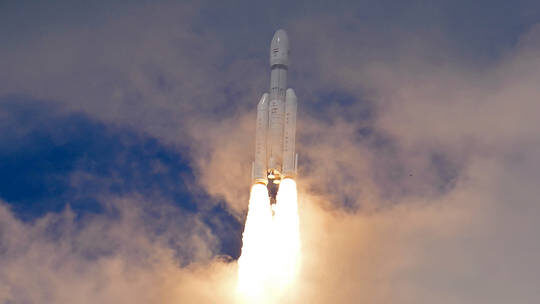OF THE
TIMES
They call it "The American Dream," because you have to be asleep to believe it.
I'm not sure where I stand with regards to Kunstler, but he does have a way with words!
Yes, quit while you can.
I see psychosis and hallucinations explained here, but I wonder more about sociopathy and retardation. You don't need vaccines to make people...
There are suspicions that it may be the so-called „developer's arson” — that some developer wants to use this area, e.g. for a housing estate. If...
Is this USA — or Soviet Union in Stalin time? :O
To submit an article for publication, see our Submission Guidelines
Reader comments do not necessarily reflect the views of the volunteers, editors, and directors of SOTT.net or the Quantum Future Group.
Some icons on this site were created by: Afterglow, Aha-Soft, AntialiasFactory, artdesigner.lv, Artura, DailyOverview, Everaldo, GraphicsFuel, IconFactory, Iconka, IconShock, Icons-Land, i-love-icons, KDE-look.org, Klukeart, mugenb16, Map Icons Collection, PetshopBoxStudio, VisualPharm, wbeiruti, WebIconset
Powered by PikaJS 🐁 and In·Site
Original content © 2002-2024 by Sott.net/Signs of the Times. See: FAIR USE NOTICE

Reader Comments
Next weird thing, it's gonna take over a month to pull this off. Weird!
If they had a source of infinite energy, this could be done in a couple of hours, and with no unnecessary orbiting.
As for Van Allen belts... It's similar to like your skin survives fireworks - if short exposure, then a dose absorbed is not significant. If longer... well, you have to die some day anyway.
Note that Van Allen belts don't surround the Earth completely, they are not present near the magnetic poles, so while expensive, it would be possible to not travel through them at all, if long range space travel was more popular. Most long-range Apollo missions were avoiding inner belts, and travelling only through outer belts, and in a thinner sector of them.